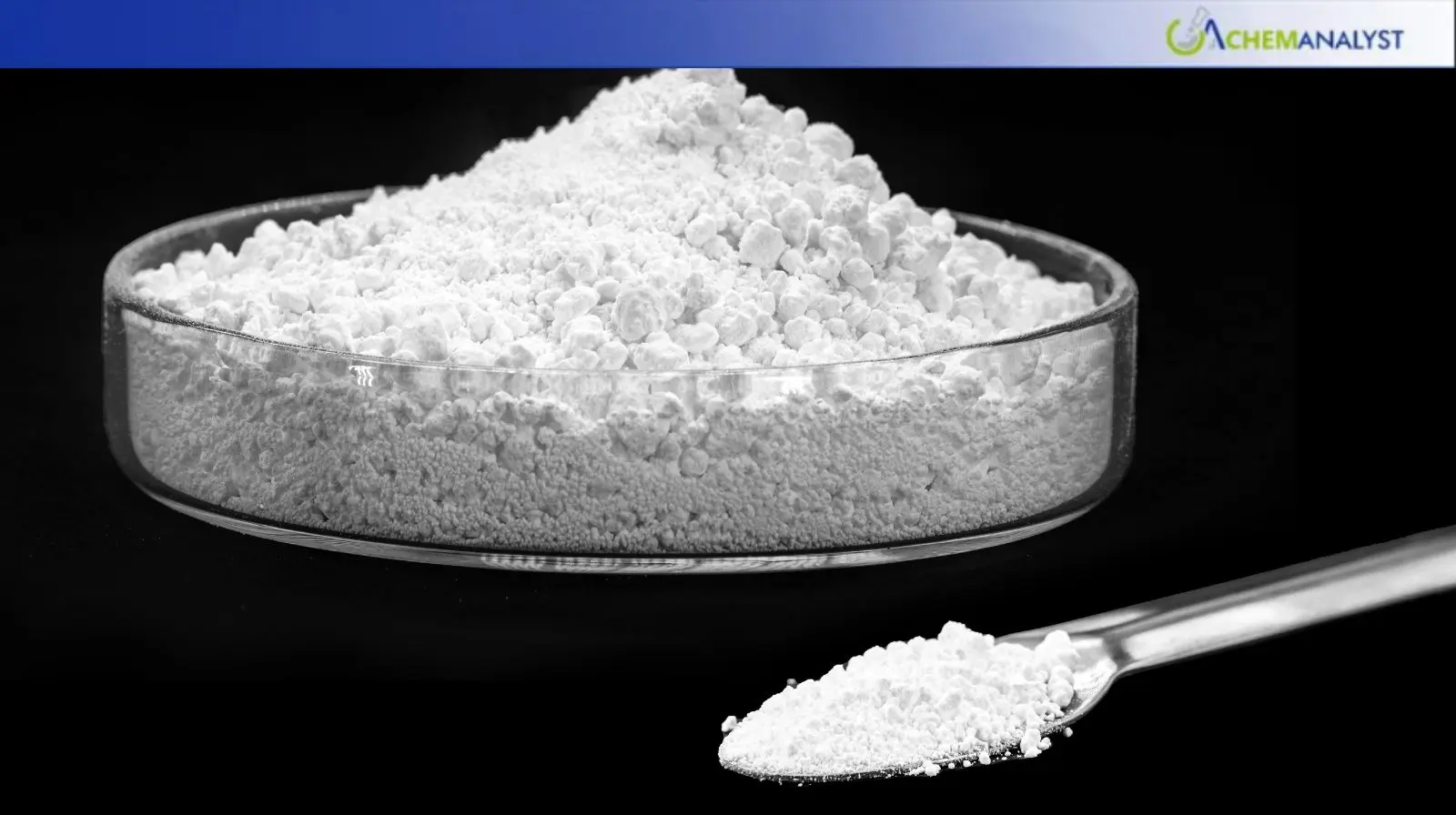Welcome To ChemAnalyst

The paraformaldehyde (PFA) market in Europe currently is an ongoing phase of steady enthusiasm developed by seasonal dynamics and trends in industry demand that underpin its cross-sector significance.
After the summer holiday, industries in Europe are back into full operation and market conditions are gradually regaining footing. This has not been a sudden change, but rather a continuation from a more dormant to a more engaged and active trading environment. This steady return to commercial activity indicates a reasonably stable, albeit optimistic, outlook. Businesses are getting back into their pre-holiday rhythms and the tone is leaning positively based on stable demand and a resurgence in cross-sector focus. Overall, the paraformaldehyde market is becoming more stable but with indications of more successes ahead.
The agrochemical industry is perhaps one of the more definitive signalers of this trend. As the plantation period unfolds across Europe, also see an increase in demand of crop protection agents and soil amendments, many of which have paraformaldehyde as an active ingredient. This seasonally-inspired uptick in agrochemical activity typically increases demand and solidifies paraformaldehyde's potential as a critical input in farming-related formulations.
The slight dip in formaldehyde feedstock pricing has not disrupted the paraformaldehyde marketplace, but rather given a financial buffer to producers. The lessening of input costs allows manufacturers to maintain attractive pricing while protecting their margins. Therefore, production levels have remained stable and there has been uninterrupted supply of paraformaldehyde to downstream uses. The end result is a reinforcement of the strong tone of the marketplace, with stability of costs serving as a number one factor keeping the momentum. This environment fosters a confidence among users and manufacturers encouraging their continued participation in the value chain.
In addition to agriculture, paraformaldehyde's uses within resins, adhesives, paints, and coatings continue to support its ongoing relevance. The chemical properties of paraformaldehyde, such as very high reactivity and preservative, lend themselves to different manufacturing processes, including in construction, automotive, and consumer goods. The wide scope of consumption in industry means that the market can remain stable, as one sector slows down the demand in others can fill the gap.
Further, European manufacturers invest in clean tech to comply with strict environmental regulations. New technologies promote sustainability and enhance product quality, making paraformaldehyde a more desirable product in high-specification industries. Regulation-driven innovation is evolving the market while leveraging its strength.
In short, the European paraformaldehyde market is moving forward after the summer with an air of quiet assurance. Seasonal agricultural demand, industrial flexibility, and regulatory prudence is contributing to a steady, positive state—one that allows the market significant relevance and aspirations of resilience.
We use cookies to deliver the best possible experience on our website. To learn more, visit our Privacy Policy. By continuing to use this site or by closing this box, you consent to our use of cookies. More info.
